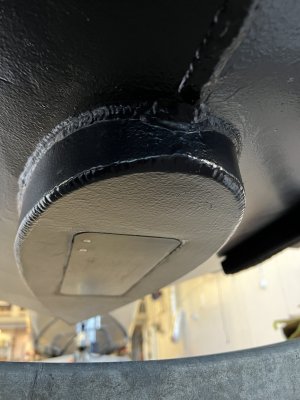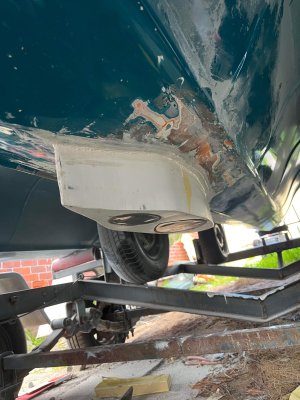Hi everyone, hoping for feedback on what's realistic in terms of holding bottom at speed with the multi-beam frequency and DFF3d.
We just sea trialed a new build with a pocket mount 165T/265LH-PM mounted flush in a custom fairing block--in theory that's about as good an install as possible to minimize interference. We're losing bottom on the multi-beam/165kHz channel at about 22 knots. I have no idea if that is good, bad, or average. We didn't get to try to the L or H bands, and I know the L is likely to hold bottom much better at speed.
I searched and found sidebars on this topic, but nothing dedicated to the question of real-world conditions holding bottom.
Caveats:
Thanks,
Chris
We just sea trialed a new build with a pocket mount 165T/265LH-PM mounted flush in a custom fairing block--in theory that's about as good an install as possible to minimize interference. We're losing bottom on the multi-beam/165kHz channel at about 22 knots. I have no idea if that is good, bad, or average. We didn't get to try to the L or H bands, and I know the L is likely to hold bottom much better at speed.
I searched and found sidebars on this topic, but nothing dedicated to the question of real-world conditions holding bottom.
Caveats:
- Totally understand that placement/install matters, and that a TM and pocket mount 165t are going to drive different results.
- Not asking about bottom mapping/PBG data, I believe there's a software-driven max speed for that (15 knots or mph?)
- I'm focused on understanding the speed at which people are losing depth/signal return on the multi-beam view(s), using a TZT2/3
Thanks,
Chris








